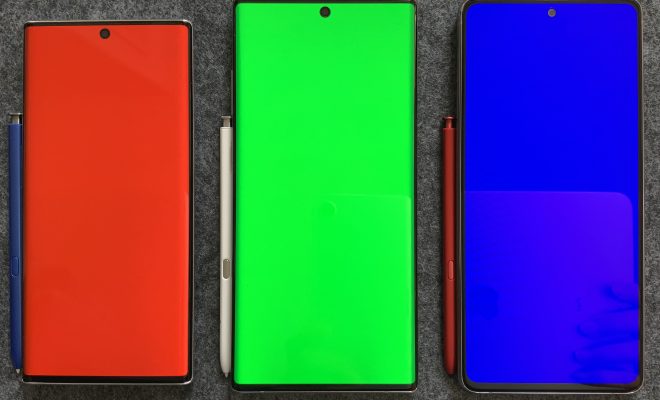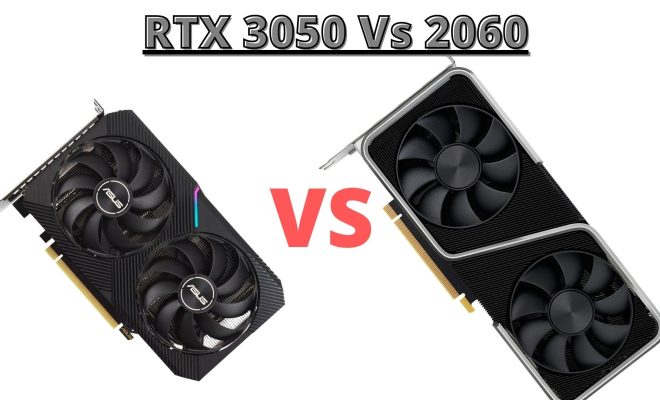An Overview of Cellphone Displays

Cellphone displays have come a long way since the early days of mobile phones. Today, we have a wide variety of display technologies that offer different benefits and drawbacks. In this article, we’ll take a closer look at some of the most common types of cellphone displays.
LCD Displays
LCD (Liquid Crystal Display) displays are one of the most common types of cellphone displays. They work by using a backlight to illuminate a layer of liquid crystals that block or allow light to pass through. LCD displays are known for their high brightness and color accuracy, but they can be power-hungry and have limited viewing angles.
OLED Displays
OLED (Organic Light Emitting Diode) displays are becoming increasingly popular in high-end smartphones. They work by using organic compounds that emit light when an electric current is applied. OLED displays offer better contrast and deeper blacks than LCD displays, and they can be more power-efficient. However, they can suffer from burn-in and have shorter lifespans compared to LCD displays.
AMOLED Displays
AMOLED (Active-Matrix Organic Light Emitting Diode) displays are a type of OLED display that uses an active-matrix backplane to control the individual pixels. This allows for even more precise control over brightness and color accuracy. AMOLED displays also offer the same benefits and drawbacks as OLED displays, but they tend to be more expensive to produce.
Notch Displays
Notch displays are a newer type of display that have become popular in recent years. They feature a small cutout at the top of the screen to house the front-facing camera and other sensors. Notch displays can allow for larger screens without increasing the overall size of the phone, but they can be distracting and can take up valuable screen real estate.
Foldable Displays
Foldable displays are a new technology that is still in its infancy. They allow for a larger screen size by folding the display in half, but they can be more fragile and expensive than traditional displays. Foldable displays are still relatively rare, but they are expected to become more common in the coming years.
In conclusion, cellphone displays have evolved significantly over the years, and there are now many different types to choose from. Each display technology has its own benefits and drawbacks, and it’s up to the individual user to decide which one best fits their needs.






